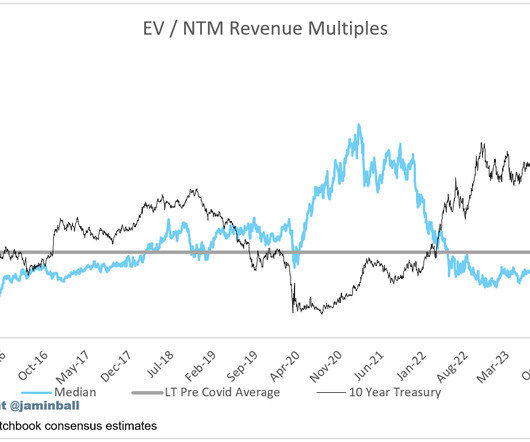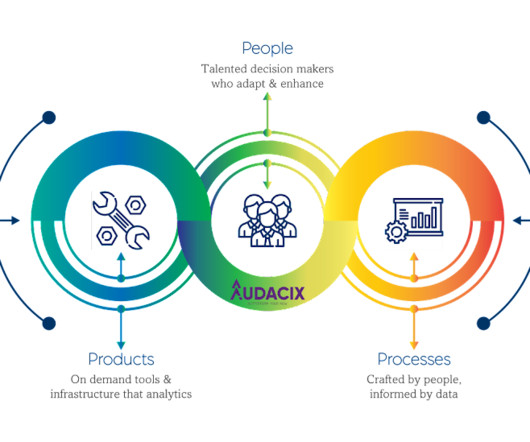Clouded Judgement 9.27.24 - The Foundation of Foundation Models
Clouded Judgement
SEPTEMBER 27, 2024
Microsoft launched Azure in 2010, and Google launched GCP to the public in 2011 (they launched a preview of Google App Engine in 2008, but made it publicly available in 2011). On top of that- we HAVE seen significant pricing pressure. S3 has dropped nearly 97% in price, while EC2 has fallen nearly 90%!














Let's personalize your content